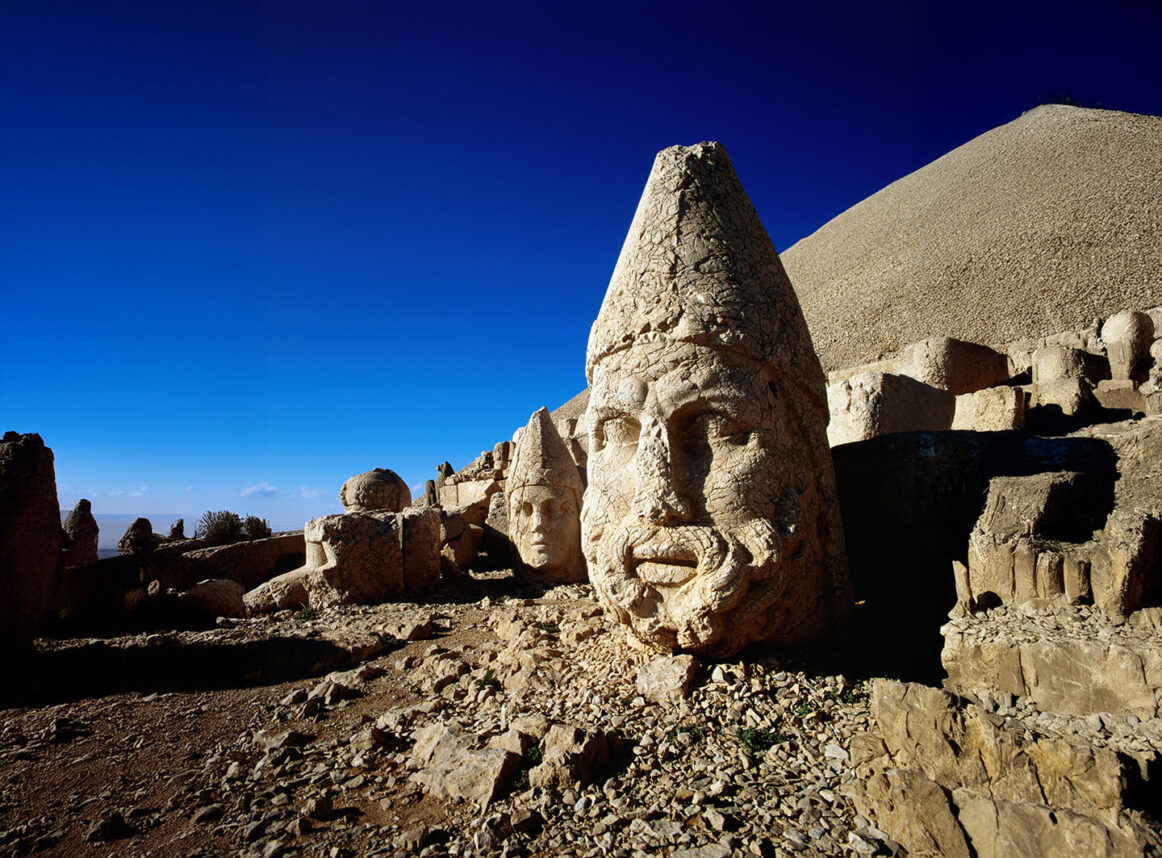
With Passover upon us, it is a good time to reflect upon and appreciate the incredible power of what is perhaps the most ancient and persistently practiced of all group rituals in the world and its impact on the human brain.
Using the field of neurotheology, which seeks to understand the relationship between the brain and religious phenomena, we can better document the many ways that Passover stimulates the brain. Passover represents a kind of “ultimate ritual,” in terms of its ability to evoke powerful thoughts, feelings and experiences in the Jews who practice this holiday.
Let us begin with the fundamentals: Passover begins by reflecting on the horrors of being enslaved. This can elicit strong reactions in brain structure called the amygdala, resulting in intense negative emotions. Ultimately, such emotions need to be resolved through the ritual of the seder, which brings about a new understanding of the Jewish relationship to God that leads away from suffering. However, a complex process like this one does not occur easily, and many steps must be followed before this synthesis can happen.
The Passover seder represents not only an order of presenting various ideas and symbols, but it is essentially a rhythmic process, and rhythms lie at the heart of all great rituals. Rhythms drive the body and brain by affecting what is called the autonomic nervous system, which regulates our heart, lungs and other organs. Such rhythms can create powerful experiences that bind stories with physical and emotional experiences. Thus, the incredible impact of Passover is that we not only cognitively understand the importance of the story, but we feel it throughout our body. Which is why actions such as eating the Charoset and matzo are so important — we’re literally taking in foods that help us experience the story itself.
In fact, many aspects of the Passover seder have a profound influence on our senses, including taste, smell, sight and hearing. We can even include our sense of touch in recognizing the distinction between sitting upright and reclining. Through these actions, we accomplish what the Mishnah states (Pesachim 10:5): “In every generation, one is obligated to see themselves as though they were taken out of Egypt.”
The rhythms of Passover occur on so many levels in the prayers, songs, the Ten Plagues and the cups of wine. Drinking the cups of wine makes powerful use of the brain’s processes, as the smells and tastes stimulate sensory areas of the brain and signify that something important is happening. The wine is also used to help us physically experience the Ten Plagues by using the action of spilling a drop of wine out of the glass for each plague.
“The rituals of the Passover seder take advantage of every level of rhythm that the brain experiences”
The four cups of wine take advantage of another important area of the brain that is involved with numbers. Our quantitative brain not only helps us solve mathematical problems, it literally imbues numbers with meaning. The number four affects the brain in a particularly intense manner because four represents many things, both mathematically and generally in life. In mathematics, four is the smallest square and is the smallest nonprime number. In life, we have four grandparents and four fingers (and one thumb). More significantly for Judaism is that the number four represents the Tetragrammaton, identifying God. With all of these meanings, it is no surprise that “four” should invoke not only the quantitative processes of the brain throughout the seder, but it should provide a mysterious and magical quality as well. The number four also reappears in the four questions and the four children. Again, this emphasizes that the questions are not simply there to be answered, but they are the four questions.
As we stated above, our brain is highly responsive to rhythms. Electrical rhythms are part of how our nerve cells function and connect together. Our brain regulates all the rhythms throughout our body, including our heart rate, respiration rate, circadian rhythms and hormonal rhythms.
The rituals of the Passover seder take advantage of every level of rhythm that the brain experiences. There are the inherent rhythms of the seder itself, but Passover occurs in a larger temporal rhythm by happening every year. Just as animals migrate thousands of miles to experience the renewal of spring, so, too, our brains “migrate” in the context of finding freedom that began with our Exodus from Egypt.
This yearly rhythm also occurs throughout a person’s life, binding the brain to the essential Jewish story from birth to death. The rhythm expands from generation to generation so that the holiday binds families from children to great grandparents; and across the centuries, binding all Jews together in a powerful sense of oneness. This sense is fundamental to rituals and is associated with areas of the brain involved in establishing our sense of self and our relationship to the world.
It seems remarkable that the Passover seder could have such a huge neurological impact, given that it began long before there was any knowledge of the workings of the human brain. Today we can appreciate the power of Passover not only for its religious and philosophical significance, but for its power over the human brain to bind all Jews together, for all time.
Dr. Andrew Newberg and Rabbi Dr. David Halpern are the authors of “The Rabbi’s Brain: Mystics, Moderns and the Science of Jewish Thinking.”






















